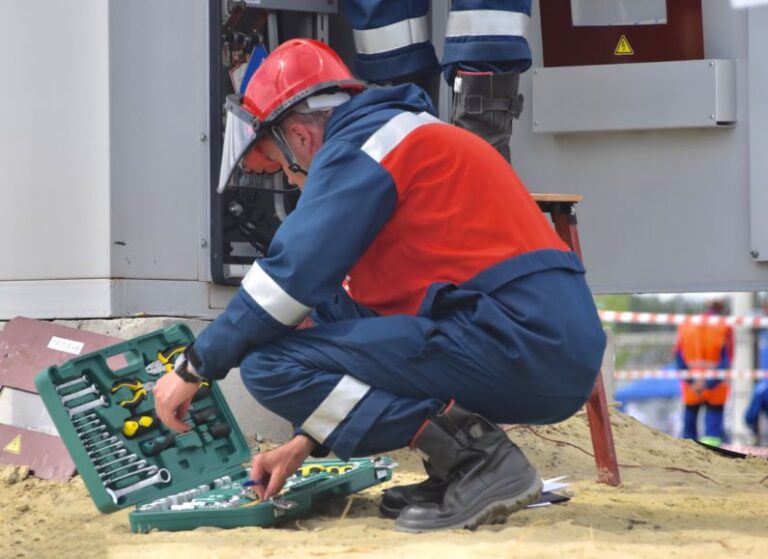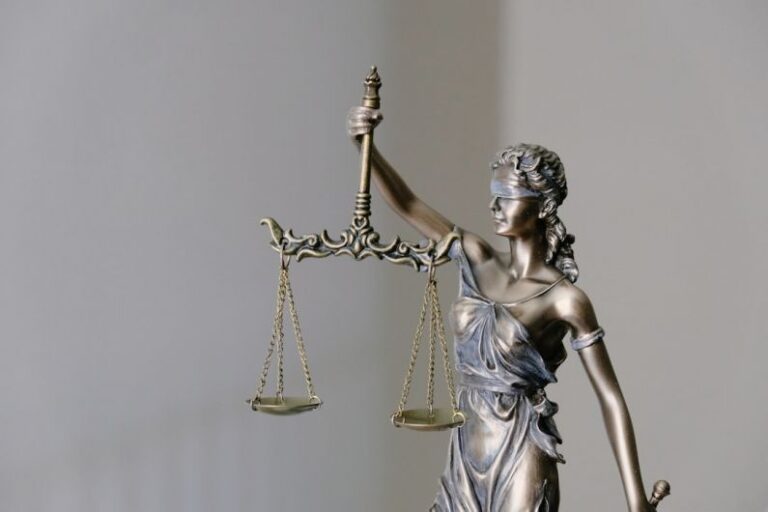
Drafting a Comprehensive Lease Agreement
When it comes to leasing property, having a well-drafted lease agreement is essential for both landlords and tenants. A comprehensive lease agreement not only protects the interests of both parties but also helps in avoiding potential conflicts and misunderstandings in the future. In this article, we will discuss the key components that should be included in a comprehensive lease agreement to ensure a smooth and mutually beneficial rental experience.
Clear Identification of Parties
The first step in drafting a comprehensive lease agreement is to clearly identify the parties involved. This includes the full legal names of the landlord and tenant, as well as their contact information. It is important to accurately spell out the names and details of both parties to avoid any confusion or disputes later on.
Description of the Property
Next, the lease agreement should include a detailed description of the rental property. This should include the full address of the property, as well as any specific details or features that are unique to the rental unit. Including a thorough description of the property helps to avoid misunderstandings regarding the size, condition, and amenities of the rental unit.
Terms of the Lease
One of the most important aspects of a lease agreement is outlining the terms of the lease. This includes the duration of the lease, the amount of rent due, the due date for rent payments, and any late fees or penalties for missed payments. Additionally, the lease agreement should clearly state the rules regarding rent increases, security deposits, and any other financial obligations of the tenant.
Maintenance and Repairs
It is essential to address the responsibilities of both the landlord and tenant when it comes to maintenance and repairs. The lease agreement should clearly outline who is responsible for routine maintenance tasks, such as lawn care and snow removal, as well as repairs to the property. Including provisions for maintenance and repairs helps to ensure that the property is properly cared for throughout the duration of the lease.
Use of the Property
Another important aspect to include in a lease agreement is how the rental property may be used by the tenant. This includes outlining any restrictions on commercial activities, subletting, or alterations to the property. Clearly defining the permitted uses of the rental unit helps to prevent unauthorized activities that could lead to damage or liability issues.
Entry and Inspection Rights
To protect the privacy of the tenant and the rights of the landlord, the lease agreement should include provisions regarding entry and inspection rights. This includes outlining when and how the landlord may enter the property for inspections or repairs, as well as any notice requirements for non-emergency entry. Establishing clear guidelines for entry helps to maintain a respectful and professional relationship between the landlord and tenant.
Dispute Resolution
In the event of a disagreement or dispute between the landlord and tenant, having a clear process for resolving conflicts is essential. The lease agreement should include provisions for dispute resolution, such as mediation or arbitration, to help both parties reach a resolution without resorting to legal action. Including a dispute resolution clause can help to prevent costly and time-consuming court battles.
Renewal and Termination
Finally, the lease agreement should address the procedures for lease renewal and termination. This includes outlining the notice requirements for both parties if they wish to renew the lease or terminate the tenancy. Clearly defining the procedures for renewal and termination helps to prevent misunderstandings and ensures a smooth transition at the end of the lease term.
In conclusion, drafting a comprehensive lease agreement is essential for establishing a clear and mutually beneficial rental relationship between landlords and tenants. By including key components such as clear identification of parties, description of the property, terms of the lease, maintenance and repair responsibilities, permitted uses of the property, entry and inspection rights, dispute resolution procedures, and renewal and termination processes, landlords can help to protect their interests and maintain a positive rental experience for all parties involved.





